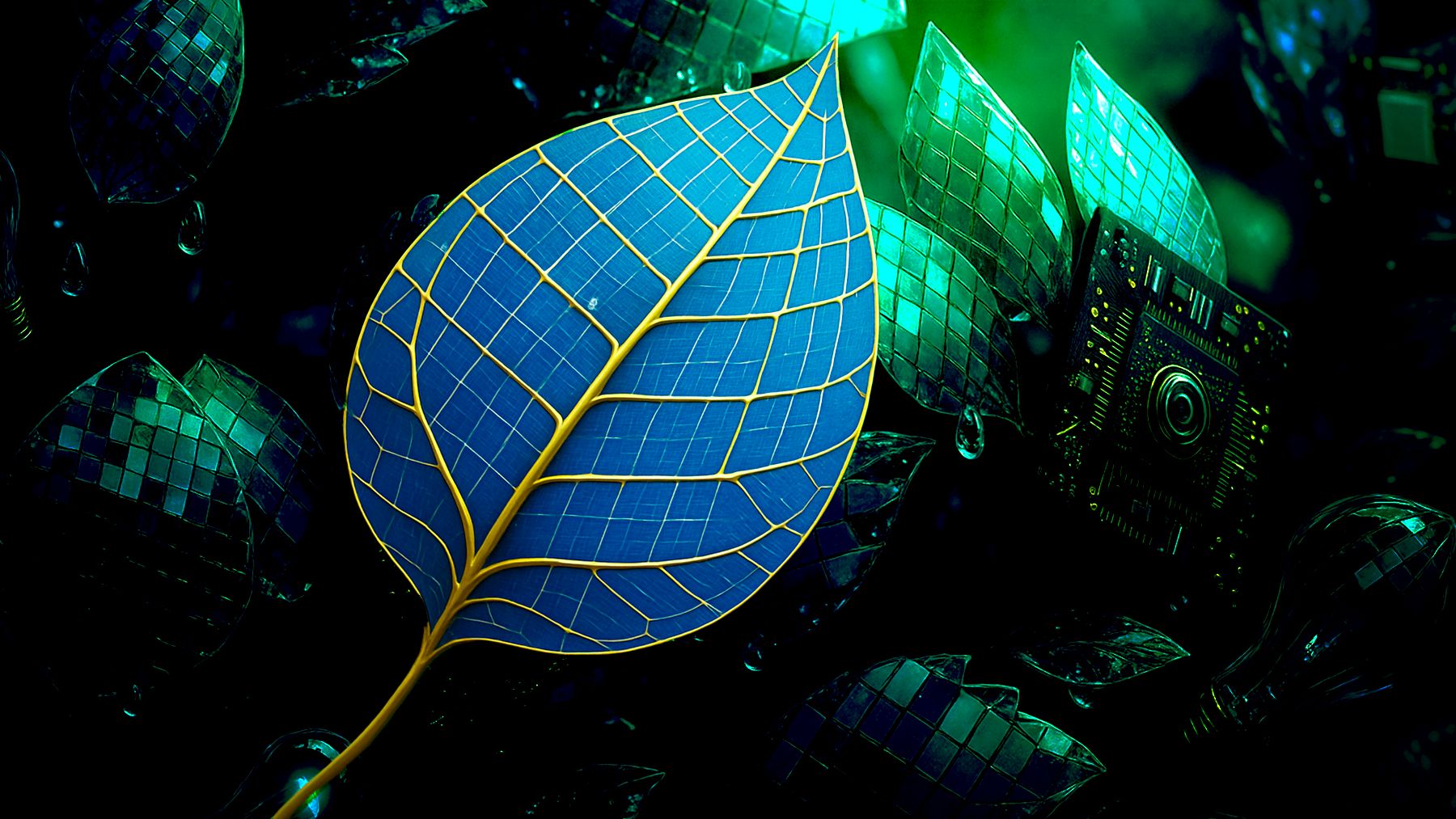Nature is abuzz with energy, and its living organisms are similar in some ways but different in others. For instance, animals cool off by drinking water and staying in shaded areas. Plants, in comparison, cool off by a process during which water is released into the atmosphere. Researchers have designed a PV-leaf that mimics this very process of plant leaves, which hide an important energy gain in their veins.
A process that cools off plants and might change the future
Mankind does what it has to to survive, and so do plants. A process called transpiration is crucial to the survival of plants, as it helps them cool off, transport nutrients from the soil to the rest of the plant, and maintain turgor pressure, as per the US Geological Survey. During transpiration, water travels from the roots of a plant to its leaves, then evaporates through the leaves’ stomata into the atmosphere.
A research team from Imperial College London was inspired by this process and designed a solar device that mimics leaves and transpiration. Their research and design will change the future of renewable energy, as they have potentially solved two problems that mankind faces in the present time. This research was funded by the UK Engineering and Physical Sciences Research Council and the Royal Society.
“This innovative design holds tremendous potential for significantly enhancing the performance of solar panels while also ensuring cost-effectiveness and practicality.” – Dr. Gan Huang, Honorary Research Fellow in the Department of Chemical Engineering and author of the study
The device that mimics the leaves of plants
One of the problems faced by photovoltaic (PV) cells is their sensitivity to certain sections of the sun’s spectrum. This sensitivity results in the PV cells losing energy in the form of heat. Not only does this significantly lower the efficiency of PV-based solar technologies, but it also causes them to overheat. Traditionally, water or air fluxes and hydraulic structures are utilized to eliminate the heat, which is not cost-effective.
The ideal solution would be to find a high-efficiency and cost-effective thermal management approach. Such an approach would be key to boosting the power production of numerous PV installations globally, and also lowering the loss of future installations. This is why the research team’s new design is ingenious.
They have created a PV-leaf that utilizes natural fibers and hydrogels to mimic leaf vein bundles. Transpiration is thus simulated, which efficiently and cost-effectively eliminates heat from solar PV cells. According to Tech Explorist, this breakthrough removes the requirement of fans, pumps, control units, and expensive absorbing materials. This PV-leaf also has a bonus production besides its efficient energy.
Changing the future of renewable energy technologies
According to Tech Explorist, the PV-leaf produces power from solar energy and is manufactured with affordable materials. But it does so much more, and will certainly change the future of renewable energy technologies. It produces nearly 10% more power than traditional solar panels, which lose up to 70% of solar energy in heat waste.
The PV-leaf also generates water while generating electricity. It may reportedly generate over 40 billion cubic meters of freshwater annually. This will help address the scarcity of freshwater in desert regions and regions with little to no annual rainfall.
“Implementing this innovative leaf-like design could help expedite the global energy transition while addressing two pressing global challenges: the need for increased energy and freshwater.” – Professor Christos Markides, Head of the Clean Energy Processes Laboratory and author of the study
Not only will this device deliver more efficient, clean power to the world, but it could also provide the world with increased access to safe drinking water, becoming lifesaving in regions such as Nevada. This process might change and sustain the future of the Earth.
Disclaimer: Our coverage of events affecting companies is purely informative and descriptive. Under no circumstances does it seek to promote an opinion or create a trend, nor can it be taken as investment advice or a recommendation of any kind.
